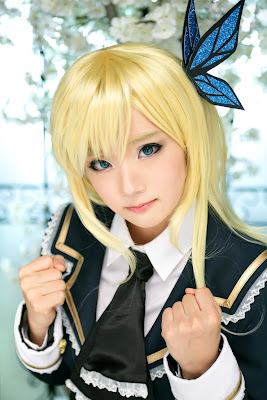An onsen (温泉) is a term for hot springs in the Japanese language.
Onsen come in many types and shapes, including
outdoor (露天風呂 or 野天風呂 roten-buro or noten-buro) and indoor baths. Baths may be either public run by a municipality or private (内湯 uchiyu) often run as part of a hotel, ryokan or bed and breakfast (民宿 minshuku).
Etiquette
Ensuring cleanliness
At an onsen, as at a sentō, all guests are expected to wash their bodies and rinse themselves thoroughly before entering the hot water. Bathing stations are equipped with stools, faucets, wooden buckets, and toiletries such as soap and shampoo; nearly all onsen also provide removable shower heads for bathing convenience. Entering the onsen while still dirty or with traces of soap on the body is socially unacceptable.
Swimsuits
Bathers are not normally allowed to wear swimsuits in the baths. However, some modern onsen with more of a waterpark atmosphere require their guests to wear a swimming suit in their mixed baths.
Towels
Onsen guests generally bring a small towel with them to use as a wash cloth. The towel can also provide a modicum of modesty when walking between the washing area and the baths. Some onsen allow one to wear the towel into the baths, while others have posted signs prohibiting this, saying that it makes it harder to clean the bath. It is sometimes against the rules to immerse or dip towels in the onsen bath water, since this can be considered unclean. In this latter case, people normally set their towels off to the side of the water when enjoying the baths, or place their folded towels on top of their heads.



